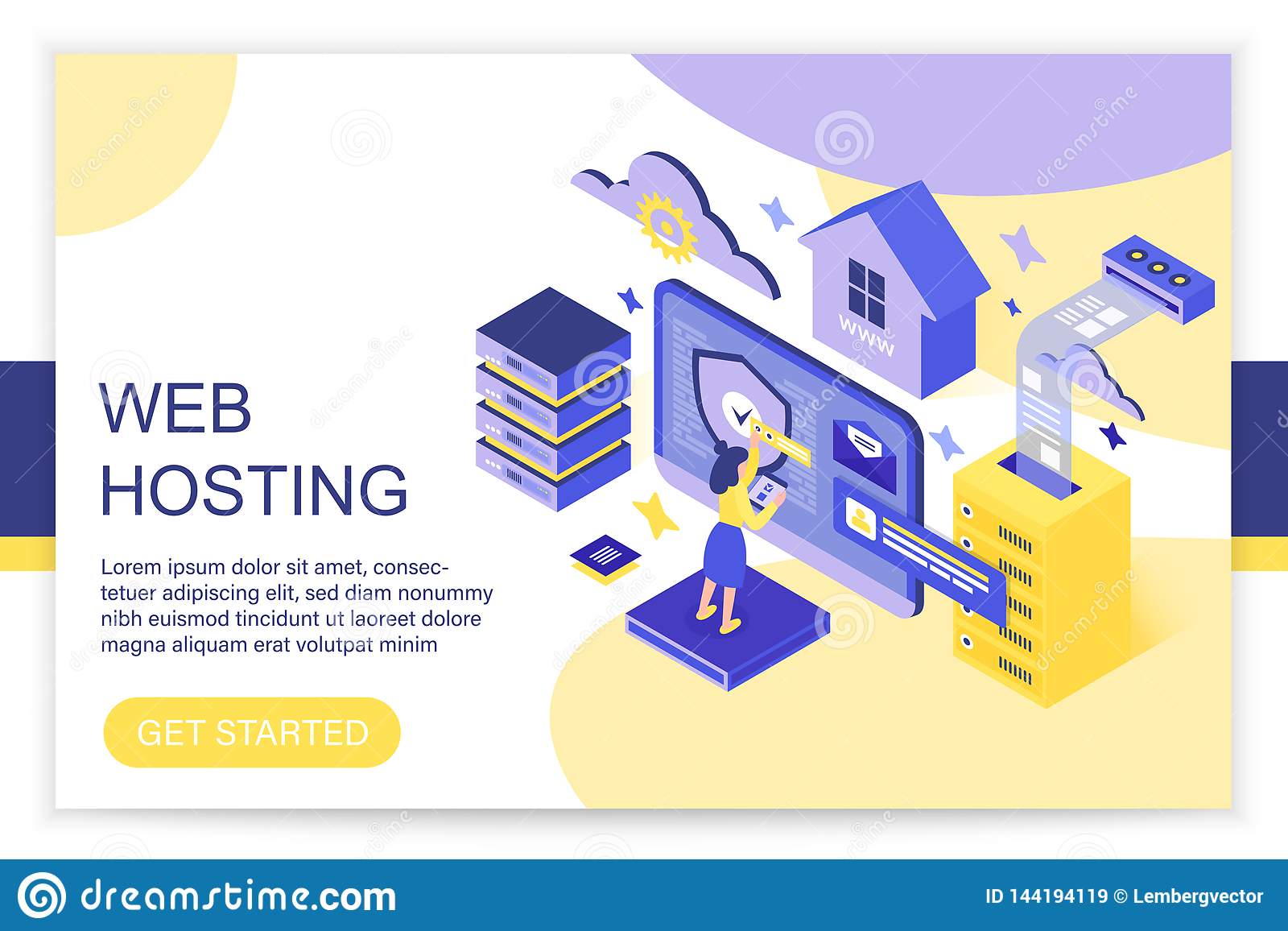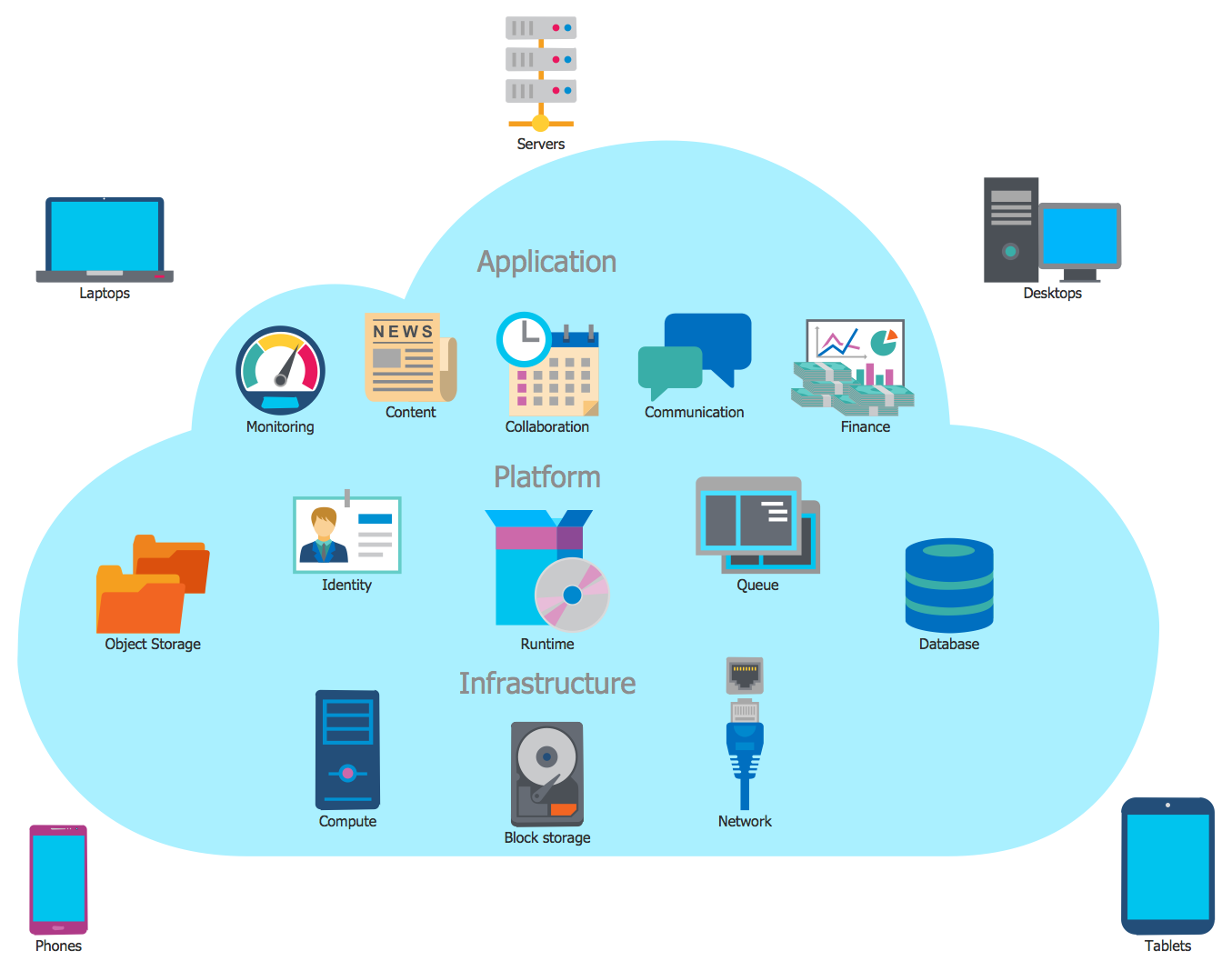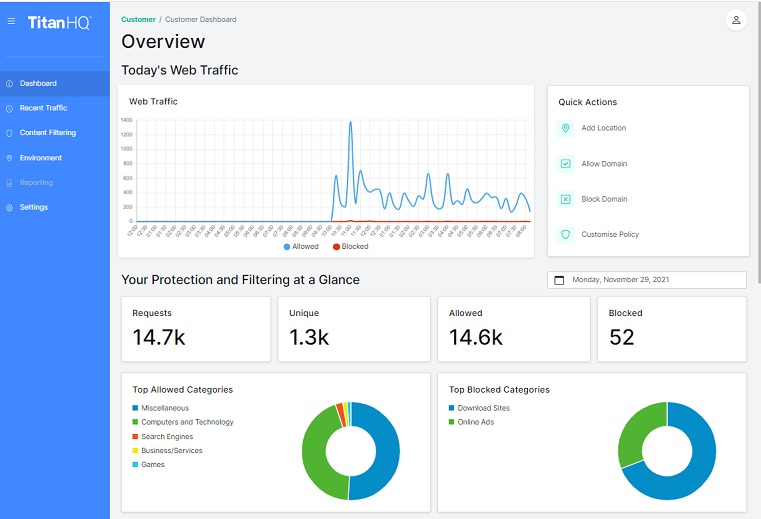
When comparing nginx vs apache, one of the main factors that people look at is connection handling. This is important because it determines how quickly a server can process and handle requests, and this has a huge impact on speed and performance.
Apache server software has been used for a long period of time by many administrators. It's a powerful, easy-to-configure solution that has many integrations for adding extra functionality to servers.
Nginx server is another one that has gained in popularity. It also uses a very advanced, fast technology. It's becoming a popular choice for serving static web content, as well as being a load balancer or reverse proxy in front of Apache installations.

These two technologies differ primarily in the way that they interpret requests sent by web browsers and client programs (such email clients). In both cases, the server needs to find out what resource has been requested, where it can be found, and whether it can be served at all.
In the case of Apache, this is mainly done through
Directory>,
Files>
Location> blocks, which are part of the web server's configuration. These blocks are used to match the URI part of the request. If necessary, the filesystem and DocumentRoot on the server is then mapped.
This appr
oach requires a lot of processing power and is not appropriate for every situation. As an example, if you have a high-performance site that receives hundreds of requests each page, the spawning or threads of processes may become expensive.
Nginx uses an asynchronous method of handling connections. This means it does not create a new process or thread for every connection. It can therefore be much faster as it doesn't have to wait for processes or threads to become free.

The two approaches have different advantages. You should understand their differences to choose the right one for your needs. For example, Nginx is great for handling static files and is faster than Apache at delivering these, but it can be a pain when it comes to dynamic content.
WordPress is a website application that relies on PHP, a scripting language. This requires lots of CPU and server memory. It's therefore best to use a server capable of handling PHP, MySQL or, if preferred, a WordPress server built specifically for this purpose.
Nginx, an open-source web server, is fast, reliable and easy to operate. This is the perfect choice for sites with high-level security and a need to scale up quickly. It can either be used as a standalone server or in conjunction Apache. It is also popular for reverse proxy servers or load-balancers, especially when scalability is important.
FAQ
WordPress: Is it a CMS or not?
Yes. It's a Content Management System. CMS allows you control your website content using a web browser and not an application like Dreamweaver, Frontpage or Frontpage.
WordPress's best feature is its free pricing! Hosting is all you need, and it's usually free.
WordPress was originally created to be a blogging platform. But WordPress now offers many more options, such as eCommerce sites or forums, membership websites and portfolios.
WordPress is simple and easy to install. Download the file from their website, and then upload it to your server. Simply visit the domain name from your web browser, and then log in to the new site.
After installing WordPress you will need to create a username/password. Once you have logged in, a dashboard will appear where you can view all of your settings.
From here, you can add pages, posts, images, links, menus, widgets, and plugins. If you are comfortable creating and editing content, you can skip this step.
But if you'd rather work with someone, you can hire a professional website designer to handle everything.
What Types of Websites Should I Create?
It all depends on what your goals are. You may choose to sell products online if you want to build a website. To do this, you will need to create a strong eCommerce website.
Blogs are another popular type of website. Each one requires different skills and tools. For example, to set up a website, you need to understand blogging platforms such WordPress or Blogger.
You must decide how to personalize your site's appearance when choosing a platform. There are lots of free themes and templates available for each platform.
Once you have selected a platform you can add content to your website. You can add images, videos, text, links, and other media to your pages.
Once you're ready to publish your website online, click here. Once published, visitors can view your site in their browsers.
What is a "static website"?
A static website is a site where all content are stored on a server, and visitors can access it via web browsers.
The term "static", as it is sometimes called, refers not to dynamic features such changing images, videos, animations, etc.
This site was initially designed for corporate intranets, but it has been adopted by individuals or small businesses who desire simple websites that don't require complex programming.
Because they are easier to maintain, static sites have been growing in popularity. It's easier to update and maintain static sites than a website that has many components (such blogs).
They also tend to load faster than their dynamic counterparts. They are great for people who use mobile devices and have slow Internet connections.
In addition, static sites are more secure than their dynamic equivalents. There's nothing to hack into a static website. Hackers only have access the data in a database.
There are two main methods to create static websites:
-
Use a Content Management System (CMS).
-
How to create a static HTML website
It depends on what your needs are. A CMS is the best choice for anyone who is new to building websites.
Why? It gives you full control of your website. A CMS eliminates the need for a professional to set up your site. All you need to do is upload files to the web server.
You can still learn code and create static sites. It will take some time to learn to program.
What Should I Include In My Portfolio?
These are the things you should include in your portfolio:
-
Example of your work.
-
Links to your website (if applicable).
-
Link to your blog.
-
These links will take you to social media websites.
-
Links to online portfolios of other designers.
-
Any awards you've been awarded.
-
References.
-
Take samples of your work.
-
These links show how to communicate with clients.
-
Links showing you're willing to learn new technologies.
-
These are links that show your flexibility
-
Your personality is displayed in the links
-
Videos showing your skills.
Statistics
- The average website user will read about 20% of the text on any given page, so it's crucial to entice them with an appropriate vibe. (websitebuilderexpert.com)
- When choosing your website color scheme, a general rule is to limit yourself to three shades: one primary color (60% of the mix), one secondary color (30%), and one accent color (10%). (wix.com)
- At this point, it's important to note that just because a web trend is current, it doesn't mean it's necessarily right for you.48% of people cite design as the most important factor of a website, (websitebuilderexpert.com)
- It's estimated that chatbots could reduce this by 30%. Gone are the days when chatbots were mere gimmicks – now, they're becoming ever more essential to customer-facing services. (websitebuilderexpert.com)
- Did you know videos can boost organic search traffic to your website by 157%? (wix.com)
External Links
How To
How can I become a UI designer?
Two ways to be a UI designer are available:
-
You can get a degree from school in UI Design.
-
You can start freelance.
To be able to enter school, it is necessary to attend college/university and complete four years. This includes art, computer science, business, marketing, psychology, etc.
You can also enroll in classes at state universities or community colleges. Some schools offer no tuition, while some charge tuition.
After you graduate, you must find work. If you are going to be working for yourself, you will need to build your client list. It is vital to build a network of professionals so they are aware that you exist.
You can also look for opportunities to intern at companies that specialize in developing web applications. Many companies hire interns before they hire full-time staff.
Your portfolio will help to get you more work. Your work samples, as well details of the projects, should all be part of your portfolio.
It's a good idea to send your portfolio to potential employers via email.
Freelancers need to promote themselves. Advertise your services on job boards such as Indeed, Guru, Guru, and Upwork.
Freelancers are often assigned by recruiters posting job openings online. These recruiters are looking for qualified candidates to fill certain positions in specific industries.
These recruiters typically provide the candidate with a project brief outlining the position's requirements.
As a freelancer, you are not required to sign any long-term contracts. If you are looking to make a move, however, it is advisable to negotiate an upfront payment.
Designers prefer working directly with clients over working through agencies. While this may seem ideal, many people lack the necessary skills.
Agency workers are often well-versed in the industry they work in. They have access to resources and training that enable them to produce high quality work.
Agency workers also receive higher hourly rates.
You won't be able to get in touch with your employer directly if you work with an agency.
Being a successful UI designer requires you to be self-motivated, creative.
Additionally, communication skills must be excellent both in written and verbal.
UI designers design websites by designing user interfaces (UI), and visual elements.
They also ensure that the site meets users' needs.
This means understanding the needs of visitors and how the site should work.
Wireframes are created by UI designers using a variety of tools. Before they begin designing, wireframing allows them to visualize the page's layout.
Online wireframe templates make it simple to create your own wireframes.
Some designers concentrate on UI design only, while others mix UI design with graphics design.
Photoshop is a tool used by graphic artists to edit images.
Adobe InDesign is then used to layout pages and layouts.
Photographers capture images using digital cameras or DSLRs.
They then upload the images to a program for photo editing, where they add text captions and filters.
Afterward, the photographer saves the image in a file format compatible with the website.
It is important to take into consideration all aspects of the design process when building a website.
This includes research, planning and prototyping.
Research - It's essential to conduct thorough research before starting a new project.
Planning - Once you've completed your research, you'll want to begin developing a plan.
Wireframing- A wireframe - A wireframe represents a sketch of an application or web page.
Prototyping -- Prototypes allow you to make sure that your final product is exactly what you imagined.
Testing - It is important to test the prototype several times in order to make sure it works.
Coding - Coding refers to the process of writing computer code.
Content Creation – Content creation includes everything, from the writing of copy to managing social networks accounts.
Publishing involves uploading files to a server, and making sure the site is accessible.
You'll need to be able to understand the different projects you work on as a freelance UX/UI Designer.
Some companies, for example, only need wire frames. Others require complete prototypes.
You might be required to do certain tasks, depending on what type of project it is.
One example is that if you are hired as a wireframe designer, you might be required to create many wireframes.
If you're required to build a complete prototype of a website, you may also be required to design a fully functional version.
Regardless of the type of project, it's important to have strong interpersonal skills.
Since most clients hire freelancers based on referrals, you must build solid relationships with potential employers.
A communication skill is essential, both verbally or in writing.
A portfolio is an essential part any freelancer's arsenal.
It displays your work and shows your ability to produce high-quality results.
You can do it online with a professional portfolio.
The best way to get started is to find websites similar to yours.
These sites can be searched to determine which services they offer.
Once you have identified the best practices you believe are most effective, you can start to implement them.
It's also beneficial to include links within your resume to your portfolio.